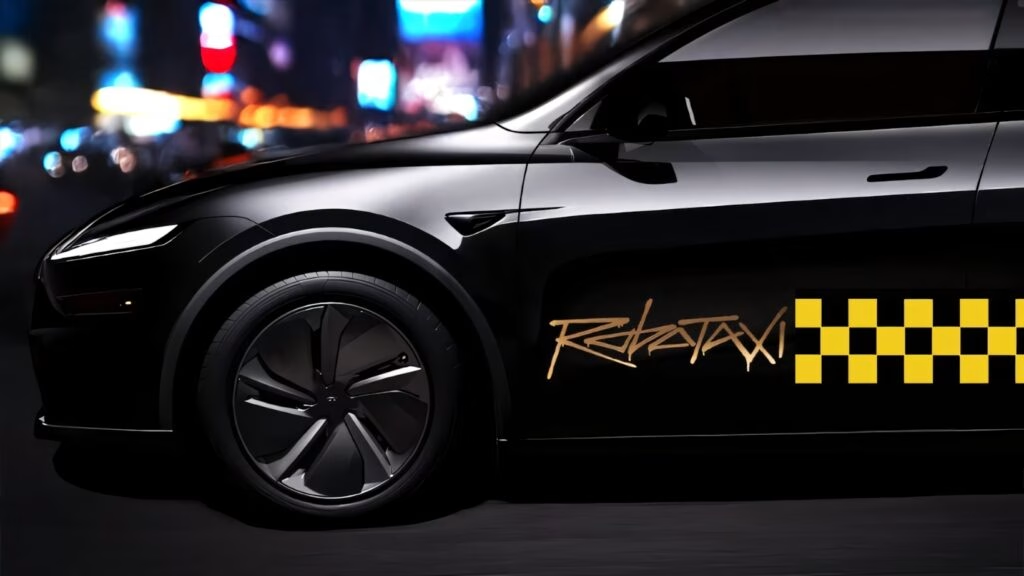What’s Behind Tesla’s Push for Test Drivers in New York City?
Tesla is actively recruiting full-time vehicle operators in New York City, and it’s not just another driving job. The company is looking for people willing to spend five to eight hours a day behind the wheel, collecting data and providing real-time feedback on Tesla’s autonomous driving systems. Why NYC? Because if a self-driving car can handle the chaos of Manhattan—think gridlocked streets, darting cyclists, mopeds weaving through traffic, and a sea of pedestrians—it can probably handle just about anywhere.
This isn’t a cushy gig where you sit back and let the car do all the work. Tesla’s job listing makes it clear: you’ll be piloting an engineering vehicle for extended periods, starting and stopping recording devices, debugging minor equipment issues, and writing detailed daily reports. The pay is competitive, ranging from $25.25 to $30.60 an hour, and the position comes with full benefits. But the real draw for many is the chance to be on the front lines of a technology that could reshape urban transportation.
What Does a Tesla Vehicle Operator Actually Do?
Let’s get specific. Tesla’s vehicle operators aren’t just passive observers. Their daily routine involves dynamic audio and camera data collection, which means you’re not only driving but also actively monitoring how the car’s sensors and software respond to the unpredictable ballet of city traffic. You’ll analyze data, flag issues, and provide feedback that goes straight to Tesla’s engineering teams.
Safety is paramount. Even though the car is loaded with advanced autonomy features, the operator is responsible for ensuring everything’s running smoothly before each shift. That means checking the vehicle’s operational status, making sure all systems are go, and staying laser-focused throughout the drive. In short: you’re the human safety net for a machine that’s still learning the ropes.
Why Is Tesla Focusing on NYC—And What’s the Endgame?
New York City is notorious for being one of the toughest places to drive in America. The density, the unpredictability, the sheer volume of road users—it’s a stress test for any vehicle, let alone one that’s supposed to drive itself. Tesla’s move to hire operators here signals a serious commitment to cracking the code of urban autonomy.
But there’s another layer: regulatory hurdles. According to recent reporting from CNBC, Tesla hasn’t applied for a permit to test fully autonomous vehicles in New York State. Even if it did, city officials require a safety driver behind the wheel at all times. So, these new hires are likely part of a strategy to gather real-world data while staying within the legal guardrails. It’s a clever workaround, and it mirrors what Tesla’s already doing in San Francisco—running ride-hailing services with a safety driver present, sidestepping the need for a full autonomous permit.
How Does This Fit Into Tesla’s Larger Robotaxi Ambitions?
Elon Musk has made bold claims about Tesla’s Robotaxi service, predicting that by 2026, half of the US could have access to it. That’s a staggering goal, especially considering the regulatory and technical challenges that still exist. The hiring spree in NYC is a clear step toward that vision. By deploying test drivers in the country’s most demanding urban environment, Tesla is gathering the data and experience needed to refine its systems and, eventually, make a case for regulatory approval.
There’s also a competitive angle. Other companies—think Waymo and Cruise—have been running autonomous vehicle pilots in cities like San Francisco and Phoenix. But NYC is a different beast. If Tesla can demonstrate reliable performance here, it could leapfrog the competition and set a new standard for urban autonomy.
What’s It Like to Be a Tesla Test Driver? Real-World Insights
This job isn’t for the faint of heart. Imagine navigating Times Square at rush hour, with the added responsibility of monitoring a suite of sensors and logging every anomaly. Operators need to be detail-oriented, tech-savvy, and comfortable with long hours of focused driving. The feedback loop is tight: your observations could directly influence software updates or hardware tweaks.
There’s also a sense of mission. Many operators see themselves as pioneers, helping to shape the future of transportation. It’s not glamorous—there are no red carpets or viral TikToks—but there’s a real satisfaction in knowing your work could make city streets safer and less congested down the line.
What Does This Mean for the Future of Urban Mobility?
Tesla’s approach in NYC could be a bellwether for how autonomous vehicles roll out in other dense cities. By prioritizing human oversight and rigorous data collection, the company is acknowledging that full autonomy isn’t just a technical challenge—it’s a social and regulatory one, too. The lessons learned here will ripple out to other markets, influencing how cities and states craft their own rules for self-driving cars.
The big takeaway? Building the future of autonomous driving isn’t about perfection—it’s about smarter adjustments. Start with one change this week, and you’ll likely spot the difference by month’s end. Whether you’re a tech enthusiast, a city planner, or just someone tired of bumper-to-bumper traffic, keep an eye on what Tesla’s doing in New York. The next chapter of urban mobility might just be unfolding right outside your window.

